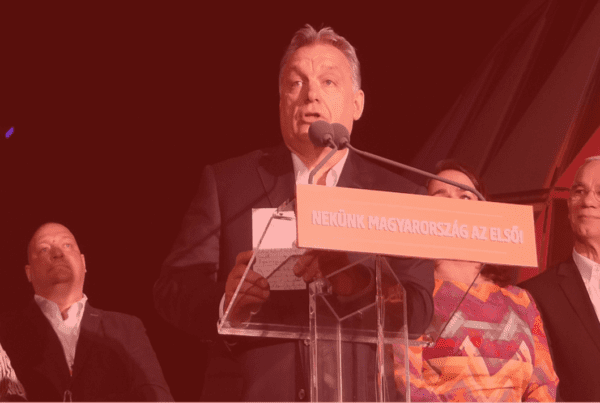Photo: “UKIP office“, by Rathfelder, licensed under CC BY-SA 4.0. Hue modified from the original
Brubaker, Rogers. “Populism and nationalism.” Nations and Nationalism 26, no. 1 (2020): 44-66.
Abstract
Few social science categories have been more heatedly contested in recent years than ‘populism’. One focus of debate concerns the relation between populism and nationalism. Criticising the tendency to conflate populism and nationalism, De Cleen and Stavrakakis argue for a sharp conceptual distinction between the two. They situate populist discourse on a vertical, and nationalist discourse on a horizontal axis. I argue that this strict conceptual separation cannot capture the productive ambiguity of populist appeals to ‘the people’, evoking at once plebs, sovereign demos and bounded community. The frame of reference for populist discourse is most fruitfully understood as a two‐dimensional space, at once a space of inequality and a space of difference. Vertical opposition to those on top (and often those on the bottom) and horizontal opposition to those outside are tightly interwoven, generally in such a way that economic, political and cultural elites are represented as being ‘outside’ as well as ‘on top’. The ambiguity and two‐dimensionality of appeals to ‘the people’ do not result from the conflation of populism and nationalism; they are a constitutive feature of populism itself, a practical resource that can be exploited in constructing political identities and defining lines of political opposition and conflict.







